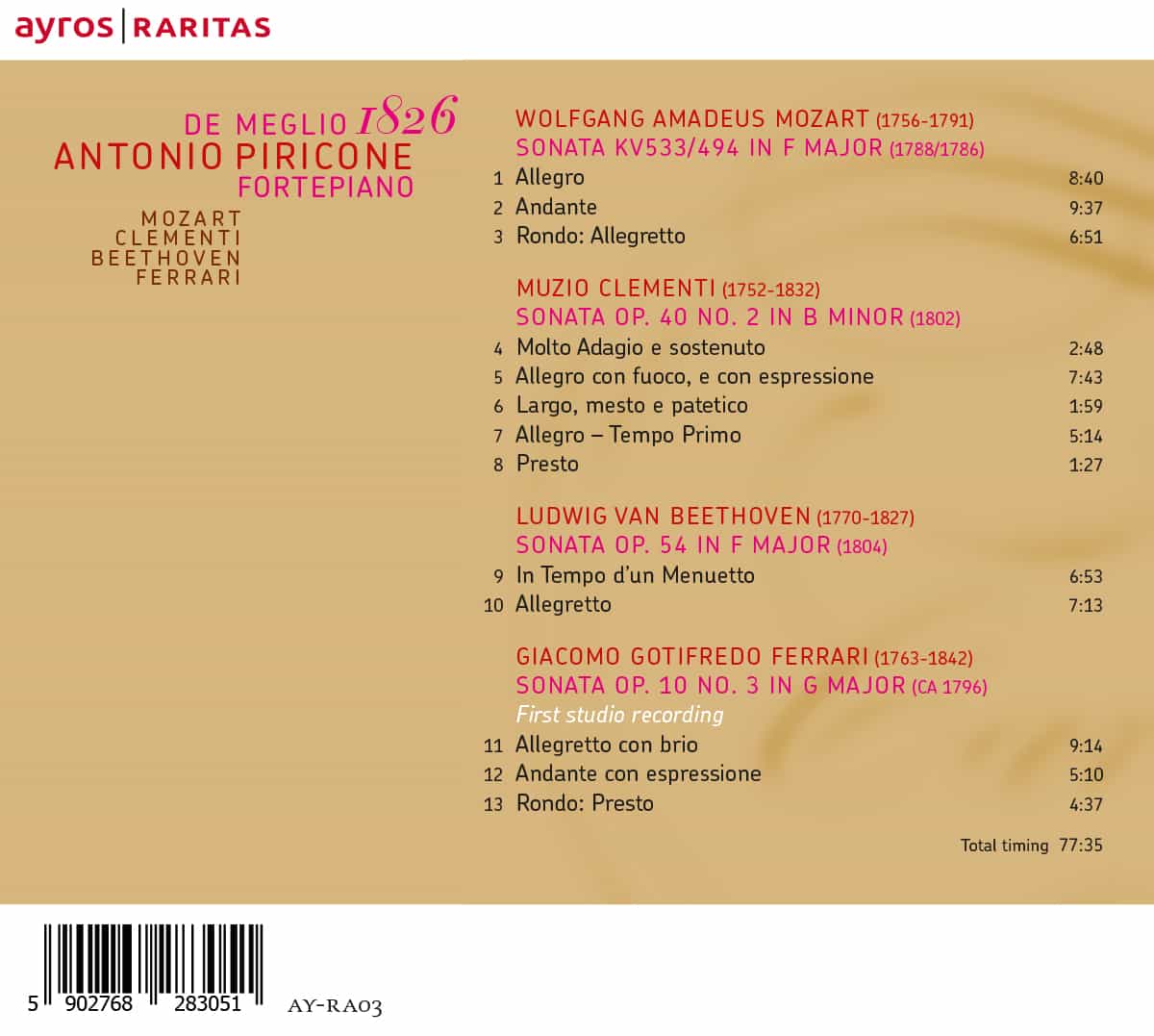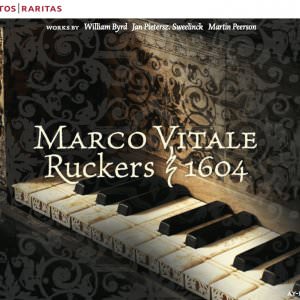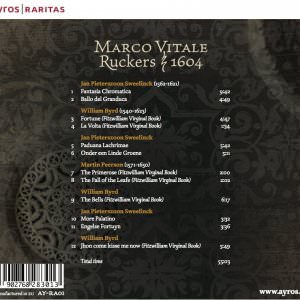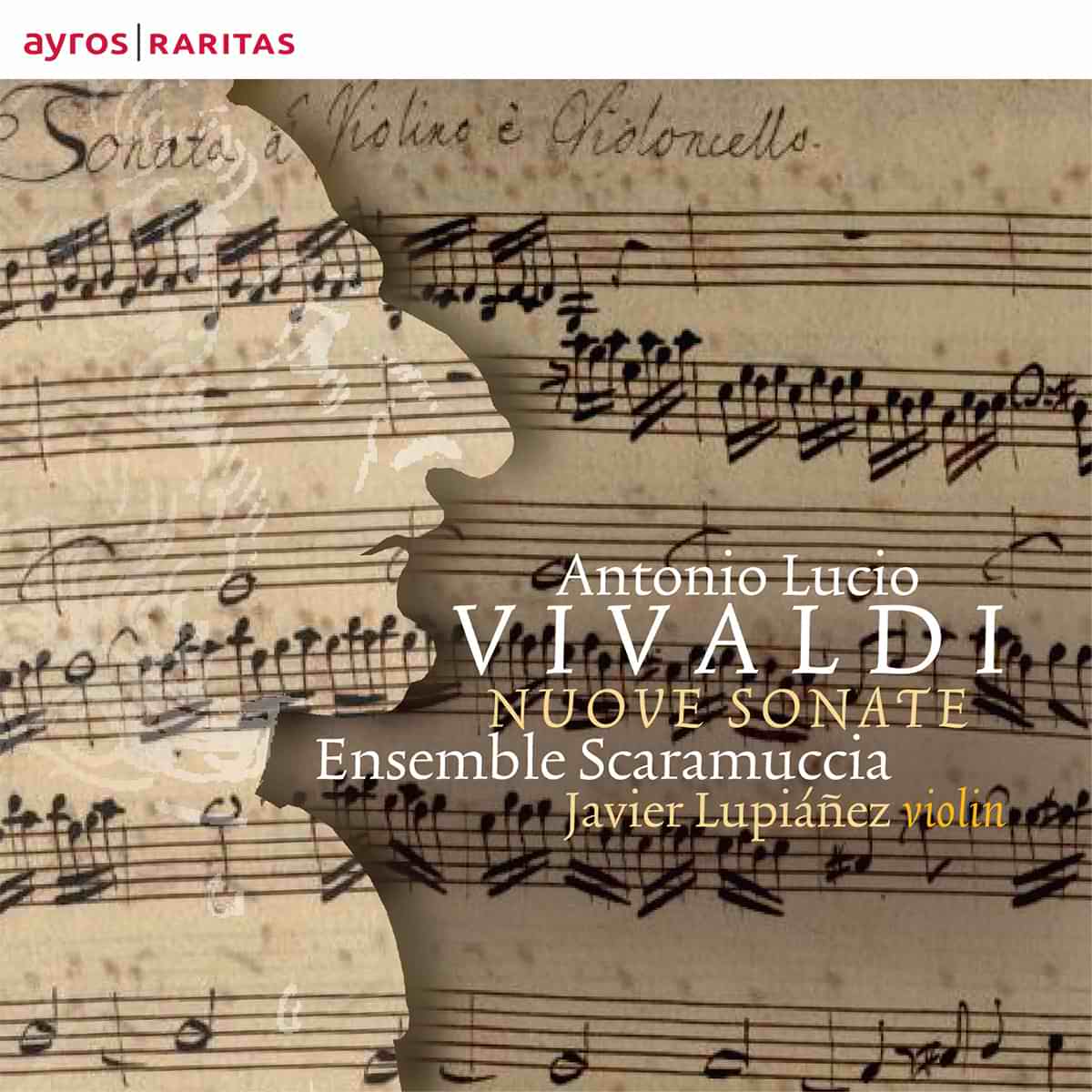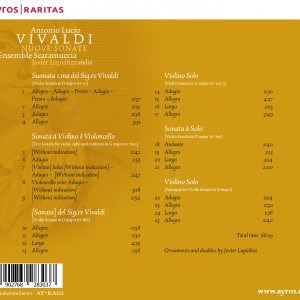![]()
5 Stars Amadeus
De Meglio 1826 // Antonio Piricone
“Today one hears so many streamlined performances of classical music, designed for easy consumption, unobtrusive use in hotel lobbies, relaxing the listeners rather than awakening their concentration and curiosity. For me, it is always a joy when I find in this ocean of pleasant superficiality a genuine, sincere musician. Antonio Piricone is one of these. I have accompanied his musical paths for some years now. He has a keen sensibility for the rhetorical structure of music, he makes it sing, dance, argue. He is a real artist.” [Andreas Staier]
Features the premiere recording of Ferrari’s sonata op. 10 no. 3
Additional information
| Catalogue Nr. | |
|---|---|
| Soloist(s) | |
| Composer | Giacomo Gotifredo Ferrari, Ludwig van Beethoven, Muzio Clementi, Wolfgang Amadeus Mozart |
| Design | |
| Booklet essay | |
| Format | |
| Recorded by |
EAN: 5902768283051 - Need Help? Contact Us Leave Feedback
Categories: Antonio Piricone, ayros RARITAS
Contact Us
Leave Feedback
Release sheet
De Meglio 1826
It all started almost as a joke, as a challenge. My very good friend Marco, coming along with this thrilling idea of recording on this beautiful rare instrument Ugo had discovered and carefully restored.
An imaginary trip, once again, on what is Early Music today, on how it could manifests, its meanings, and the issues related to “text and context” integrated to an informed performance practice. We give chance to our imagination to explore, rebuilt paths and disclose them, as we cannot necessarily index what exactly happened with the most [extensive and] accurate modern microscopic precision.
It surely was an interesting journey on being aware of the need to take into account compromises and variables; to realise how each of us has an inner voice and, likewise, the composers, the interpreters, the instruments. Last but not least the instrument builders at that time who had to deal with the progressive and unceasing tasks demanded by the society and users of the time.
One thing seems still to have credit: Variety rules many aspects of musical life, in the late 18th century and the beginning of the 19th century. Together with a profound transformation of the social and cultural structure of the time, this would probably lead to the individualism which we like to recall as Romanticism. Variety is found in instrument making, in conceptual performing approaches, defining in the specific case different “piano schools”, in compositional forms and within the same accustomed stylistic form; in sound production concepts between instrument families and within the same instrument itself. One could probably go on and on to a such a degree, trying to define and list peculiarities which might make us loose the sense of perspective.
Understanding the relation and the interrelation of all of these issues, validating heritage and legacy in the historical frame, may give us the mindfulness and make us realise how crucial is, at some point, to zoom out and harmonise contents and containers, utensils and matter in order to gain back the unity of the overall topic.
All these ingredients and more form and give dimension to the final result which, in its single segmentation, would not serve otherwise a purpose – if any, nor any aim to perform Early Music today. With this perspective I wish the listener would approach this audio work, as a never-ending process rather than a dogmatic statement. I wish you all a good listening journey. [Antonio Piricone]
WOLFGANG AMADEUS (1756-1791)
Sonata KV533/494 IN F major (1788/1786)
1 Allegro 8:40
2 Andante 9:37
3 Rondo: Allegretto 6:51
MUZIO CLEMENTI (1752-1832)
Sonata OP. 40 NO. 2 IN B minor (1802)
4 Molto Adagio e sostenuto 2:48
5 Allegro con fuoco, e con espressione 7:43
6 Largo, mesto e patetico 1:59
7 Allegro – Tempo Primo 5:14
8 Presto 1:27
LUDWIG VAN BEETHOVEN (1770-1827)
Sonata OP. 54 IN F major (1804)
9 In Tempo d’un Menuetto 6:53
10 Allegretto 7:13
GIACOMO GOTIFREDO FERRARI (1763-1842)
Sonata OP. 10 NO. 3 IN G major (CA 1796) – First studio recording
11 Allegretto con brio 9:14
12 Andante con espressione 5:10
13 Rondo: Presto 4:37
Total timing 77:35
Amadeus nr. 334 / September 2017
Classe 1977, Antonio Piricone si è diplomato in pianoforte moderno a Catania. I suoi interessi musicali lo hanno condotto a specializzarsi in musica antica, prassi esecutiva e strumenti storici da tasto presso il Conservatorio Reale dell’Aja, specializzandosi sotto la guida di Andreas Staier a Colonia e Sally Sargent a Vienna. Attivo, come solista e come camerista, sia su pianoforte moderno sia sugli strumenti storici a tastiera, ha al suo attivo numerose collaborazioni eccellenti, ad esempio con Claudine Ansermet, Ton Koopman, Roberto Gini, Andreas Staier, il Concerto Köln. Ora è protagonista di questo cd pubblicato da Ayros: meglio, co-protagonista assieme al fortepiano costruito da Carlo de Meglio nel 1826 utilizzato per questa registrazione. Fu Benjamin Britten a definire il sacro triangolo costituito dal compositore, dall’esecutore e dall’ascoltatore. Tre poli che devono essere di qualità perché s’inneschi un produttivo momento di musica. In realtà il concetto vale fino a un certo punto e da un certo punto in poi. È sempre esistito, infatti, un quarto polo: lo strumento. Questo, soprattutto in età remota, quando ancora serializzato, era dotato di una tale “personalità” musicale da rivelarsi di fondamentale importanza per il “carattere” del risultato. Lo si verifica qui: dove la versatilità, il senso dello stile, il nitore tecnico di Piricone sono anche quelle del Carlo de Meglio 1826. Complici le musiche di Mozart (Sonata KV 533/494), Clementi (Sonata op. 40 n. 2), Beethoven (Sonata op. 54) e Giacomo Gotifredo Ferrari (Sonata op. 10 n. 3).
Massimo Rolando Zegna


